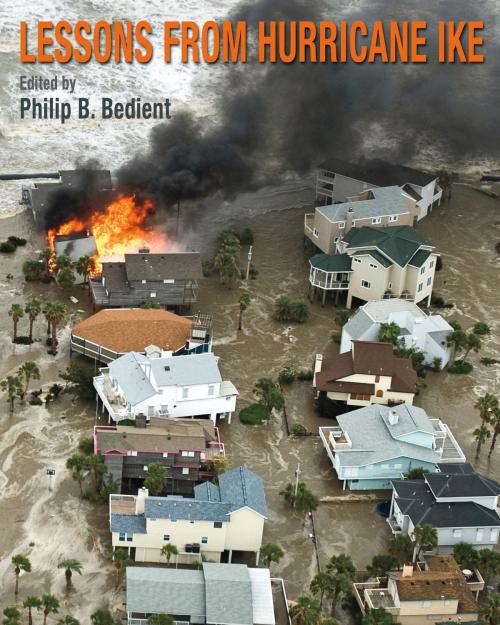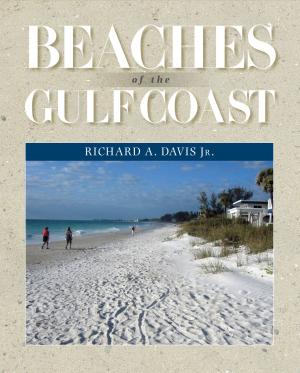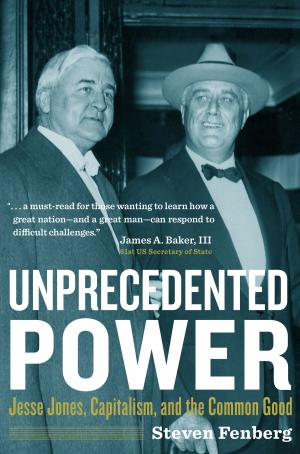Lessons from Hurricane Ike
Nonfiction, Science & Nature, Science, Other Sciences, Meteorology, Nature, Environment, Natural Disasters, Social & Cultural Studies, Social Science| Author: | Philip B. Bedient, James B. Blackburn Jr., Shannon S. Van Zandt, Samuel D. Brody, Thomas Colbert, Clint Dawson, Nick Fang, Himanshu Grover, Dustin Henry, Wesley Highfield, Carol Abel Lewis, Jeff Lindner, Jamie E. Padgett, Walter Gillis Peacock, Jennifer Proft, Hanadi Rifai, David C. Schwertz, Antonia Sebastian, Kevin Shanley, Matthew Stearns | ISBN: | 9781603447362 |
| Publisher: | Texas A&M University Press | Publication: | May 7, 2012 |
| Imprint: | Texas A&M University Press | Language: | English |
| Author: | Philip B. Bedient, James B. Blackburn Jr., Shannon S. Van Zandt, Samuel D. Brody, Thomas Colbert, Clint Dawson, Nick Fang, Himanshu Grover, Dustin Henry, Wesley Highfield, Carol Abel Lewis, Jeff Lindner, Jamie E. Padgett, Walter Gillis Peacock, Jennifer Proft, Hanadi Rifai, David C. Schwertz, Antonia Sebastian, Kevin Shanley, Matthew Stearns |
| ISBN: | 9781603447362 |
| Publisher: | Texas A&M University Press |
| Publication: | May 7, 2012 |
| Imprint: | Texas A&M University Press |
| Language: | English |
If Hurricane Ike had made landfall just fifty miles down the Texas coast, the devastation and death caused by what was already one of the most destructive hurricanes in US history would have quadrupled. Ike made everyone realize just how exposed and vulnerable the Houston-Galveston area is in the face of a major storm. What is done to address this vulnerability will shape the economic, social, and environmental landscape of the region for decades to come.
In Lessons from Hurricane Ike, Philip Bedient and the research team at the Severe Storm Prediction, Education, and Evacuation from Disasters (SSPEED) Center at Rice University provide an overview of some of the research being done in the Houston-Galveston region in the aftermath of Hurricane Ike. The center was formed shortly after Hurricanes Katrina and Rita in 2005. Its research examines everything from surge and inland flooding to bridge infrastructure.
Lessons from Hurricane Ike gathers the work of some of the premier researchers in the fields of hurricane prediction and impact, summarizing it in accessible language accompanied by abundant illustrations—not just graphs and charts, but dramatic photos and informative maps. Orienting readers to the history and basic meteorology of severe storms along the coast, the book then revisits the impact of Hurricane Ike and discusses what scientists and engineers are studying as they look at flooding, storm surges, communications, emergency response, evacuation planning, transportation issues, coastal resiliency, and the future sustainability of the nation’s fourth largest metropolitan area.
If Hurricane Ike had made landfall just fifty miles down the Texas coast, the devastation and death caused by what was already one of the most destructive hurricanes in US history would have quadrupled. Ike made everyone realize just how exposed and vulnerable the Houston-Galveston area is in the face of a major storm. What is done to address this vulnerability will shape the economic, social, and environmental landscape of the region for decades to come.
In Lessons from Hurricane Ike, Philip Bedient and the research team at the Severe Storm Prediction, Education, and Evacuation from Disasters (SSPEED) Center at Rice University provide an overview of some of the research being done in the Houston-Galveston region in the aftermath of Hurricane Ike. The center was formed shortly after Hurricanes Katrina and Rita in 2005. Its research examines everything from surge and inland flooding to bridge infrastructure.
Lessons from Hurricane Ike gathers the work of some of the premier researchers in the fields of hurricane prediction and impact, summarizing it in accessible language accompanied by abundant illustrations—not just graphs and charts, but dramatic photos and informative maps. Orienting readers to the history and basic meteorology of severe storms along the coast, the book then revisits the impact of Hurricane Ike and discusses what scientists and engineers are studying as they look at flooding, storm surges, communications, emergency response, evacuation planning, transportation issues, coastal resiliency, and the future sustainability of the nation’s fourth largest metropolitan area.















